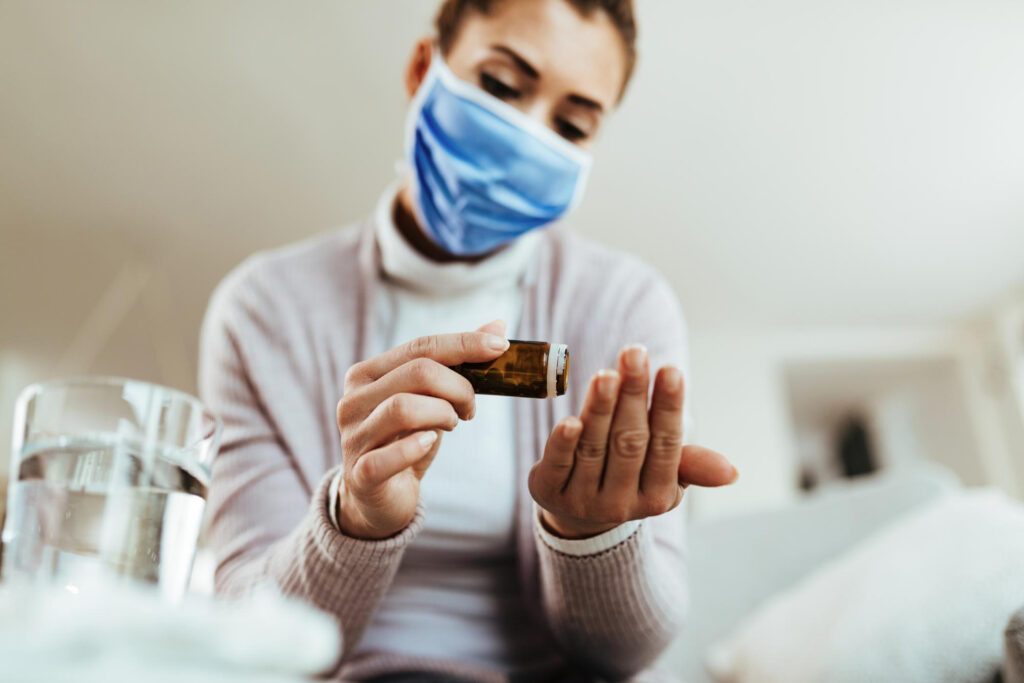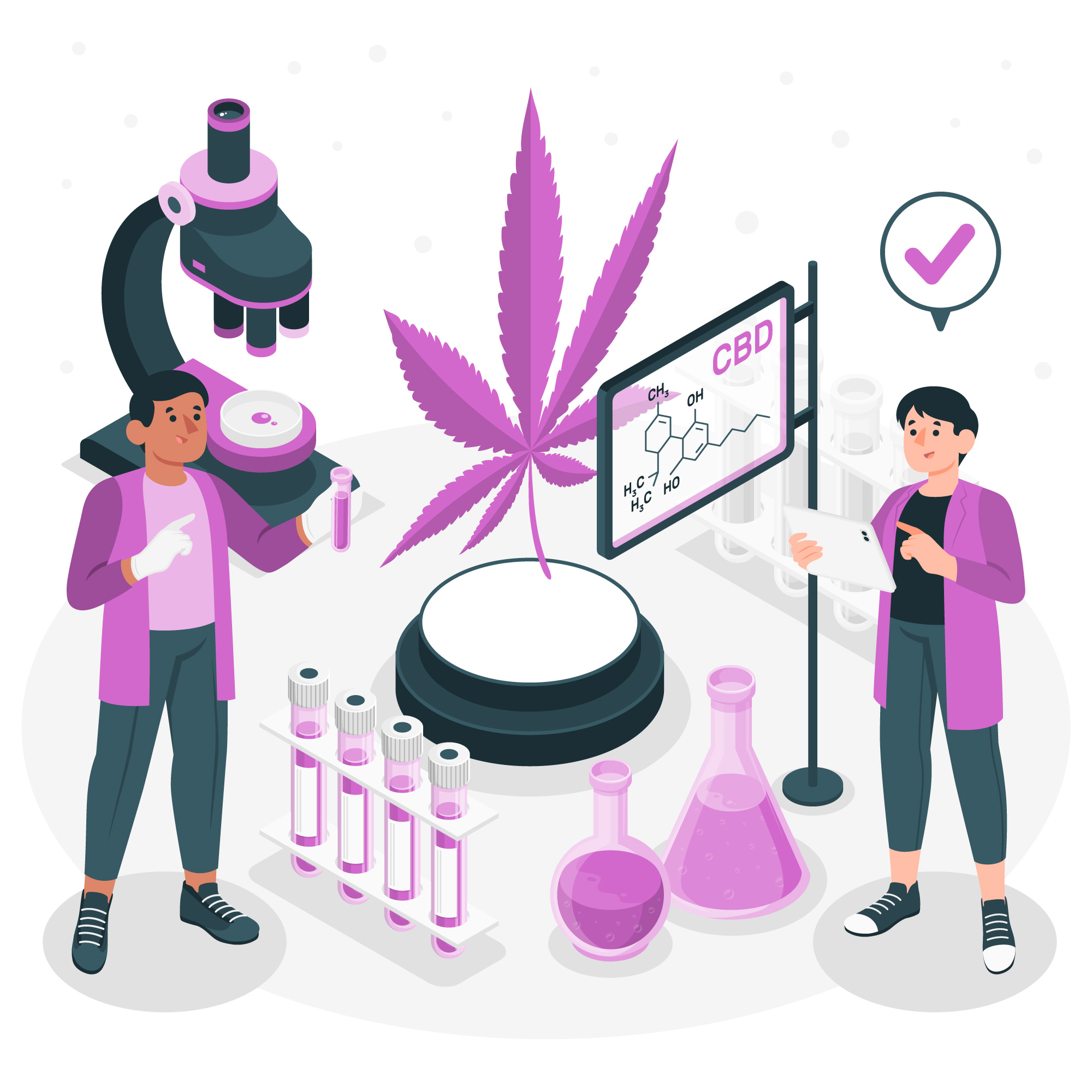A decision could put many people on the road in danger. In the bus business, it’s very important that drivers don’t use drugs. The Random drug testing program DOT helps businesses maintain safety and legal norms. Drug tests must follow tight guidelines to prevent errors and keep workers and the public safe.
Why do DOT drug tests randomly?
The Random Drug Testing Program was instituted by the U.S. Department of Transportation (DOT) to guarantee commercial transportation safety. This program prevents dangerous transportation workers from using narcotics. This industry includes public transportation, aircraft, trucking, and others.
Workers in the scheme undergo random drug tests year-round. Since they’re not promoted, employees don’t know when they’ll be tested. Randomness encourages responsibility and reduces use by constantly reminding workers of their drug use. The program discusses compounds in prescription and illicit pharmaceuticals. Some of these medicines can be risky at work.
Drug-tested anytime
The Random drug testing program DOT applies to many transportation workers, including bus drivers, commercial vehicle drivers, pilots, and train engineers. Safety-sensitive workers oversee tasks that could endanger passengers, goods, or the transportation system.
Other than direct personnel, transportation safety managers may be randomly tested. This includes managers and repairers. It ensures that all those whose employment directly impacts transport system safety participate in many activities. The DOT is reaching out to all transportation companies to promote safety.

Random drug testing
The DOT initiative aims to clarify and enforce random drug tests. Employers must set up drug testing and choose which employees to test. A computer system that randomly selects winners is a scientifically sound way to make the choice.
Once selected, a worker will be instructed to report to a training location immediately. Government-approved test locations must be able to detect drugs. Most tests for PCP, cocaine, marijuana, opiates, and amphetamines screen for each other.
If the test is positive, what happens?
The success of random drug testing programs by DOT could cause widespread issues. A positive test will remove an employee from safe tasks immediately. Before returning to work, they may need a substance abuse evaluation and treatment. This depends on the circumstances and workplace rules.
Back at work, workers may need more testing and more excellent supervision. Employers must track positive test results and what they did. This ensures everyone controls the process. Disobeying program regulations or refusing tests can get you fired, so follow them.
The importance of following the regulations
The Random drug testing program DOT is the law and right. It also demonstrates safety concerns. Keeping workers drug-free protects the public and workers. Drunk driving can be dangerous. Mistakes can injure or kill people.
They follow the program to make the workplace safer and more accountable. They care about the program and want to keep the workplace safe and healthy for their employees. Hard labour makes the group look better and the shipping industry more honest.
Conclusion
In conclusion, the Random drug testing program DOT is a significant step towards safe and legal transportation. Knowing how it works, what it implies, and why it’s vital can help workers and bosses make the road safer for everyone. Isn’t safety and responsibility worth it? “Yes,” because this program is essential to compliance with public safety and the transportation industry.

